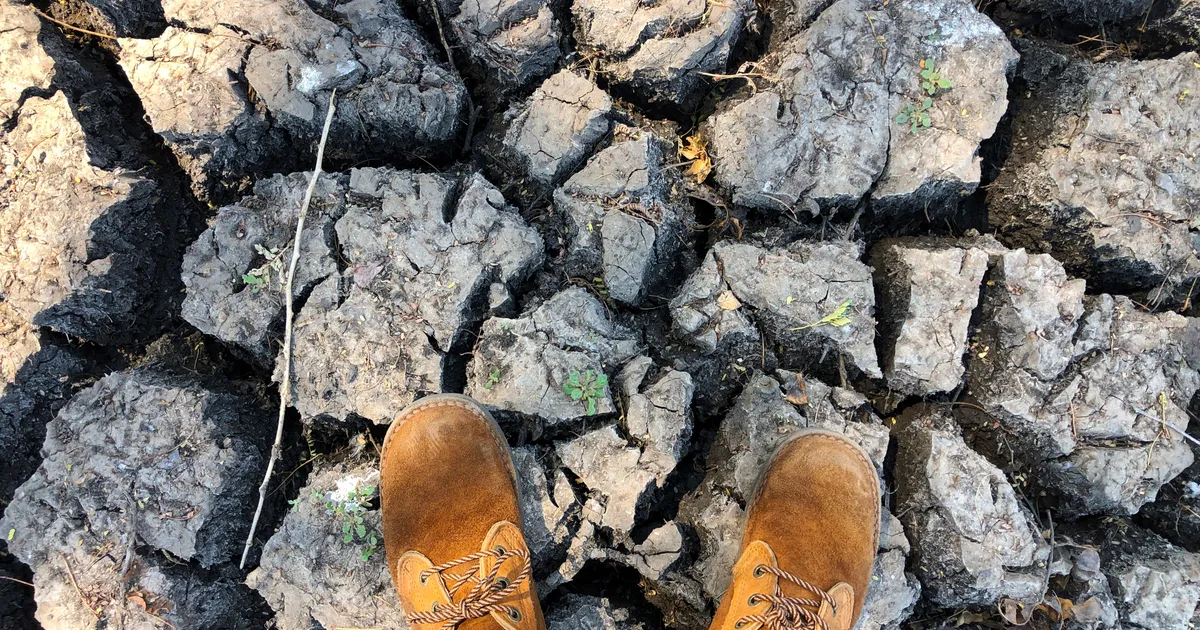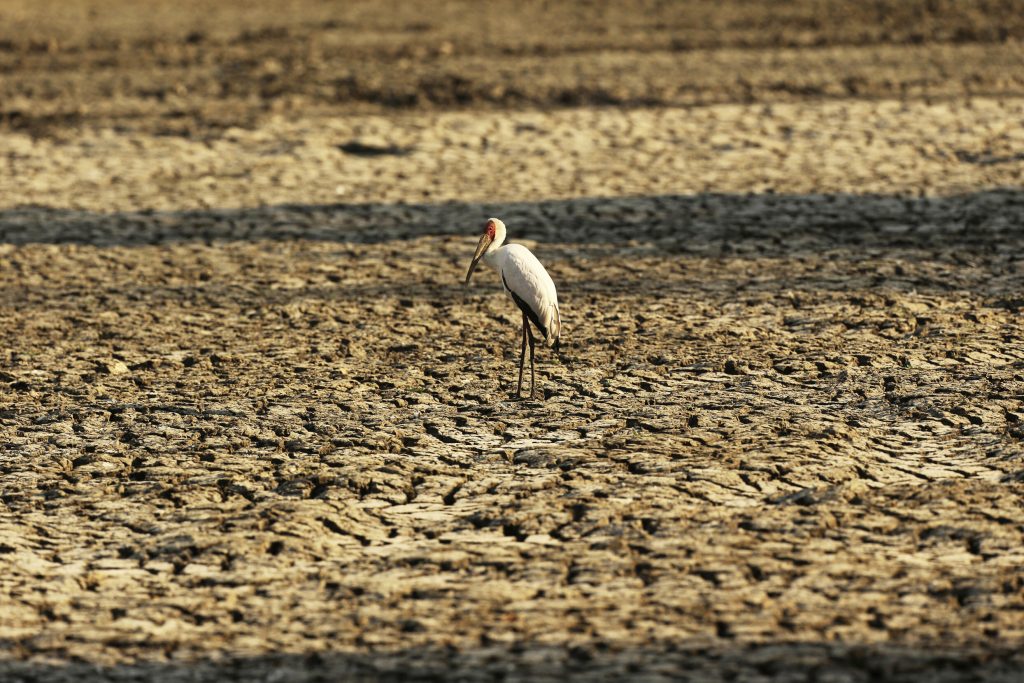A regional organization has alerted that millions of people in Southern Africa are suffering severe consequences from a drought caused by El Niño. This crisis has led to substantial reductions in crop and livestock yields, resulting in widespread food shortages across multiple countries. According to Elias Magosi, the executive secretary of the organization, around 68 million individuals, or 17 percent of the region’s population, are currently in urgent need of aid.
Magosi noted that the 2024 rainy season has been particularly challenging, with many areas experiencing the adverse effects of El Niño, including delayed rainfall.
His comments were made as leaders from the 16-nation bloc convened in Harare, Zimbabwe, to tackle pressing regional issues such as food security.
Countries including Zimbabwe, Malawi, and Zambia are facing severe malnutrition due to the drought that began earlier this year.
According to Haru Mutasa, reporting from Harare, it is anticipated that the leaders are discussing strategies to secure additional financial and food assistance for the affected regions.
Mutasa observed that the situation is critical, with widespread crop failures across the area.

In early June, the UN World Food Programme highlighted the severe impact of the drought on communities already grappling with food shortages. Reena Ghelani, the UN climate crisis coordinator for El Niño response, remarked that rural communities have never experienced such conditions before and are deeply worried about the future.
The UN reported that Southern Africa had its driest February in a century, with only 20 percent of its usual rainfall and temperatures several degrees above average.
UN Secretary-General Antonio Guterres noted last month that extreme heat, exacerbated by climate change, is “devastating economies, increasing inequality, undermining Sustainable Development Goals, and causing loss of life.”
He added that the root cause is human-induced climate change driven by fossil fuels and warned that extreme heat is becoming the new norm.
Experts caution that as climate change continues, extreme weather patterns, including more intense droughts, hurricanes, floods, and wildfires, are expected to increase globally.

